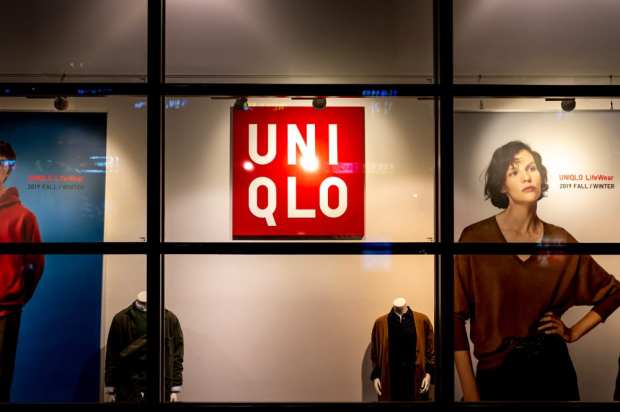Uniqlo’s Quiet Retail Robot Revolution

In the life of any brand, a pivot – or even a series of pivots – is normal. Times change, tastes expand and brands that don’t evolve generally don’t survive – a lesson that any number of retailers have spent the last several years learning the hard way. And perhaps nowhere is this more true than in the world of apparel retail, where being “on trend” is particularly important – and falling behind the times can be the kiss of death.
But even by the rapidly shifting standards of their vertical, Japanese retail apparel brand Uniqlo is, well, unique. Founded in the late 1940s as a textile firm and menswear maker, the brand made its first major shift in 1984, when it opened its first unisex store in Hiroshima called Unique Clothing Warehouse. The brand decided that name was too clunky, and shortly thereafter they attempted to change the name to Uniclo, a portmanteau of “unique” and “clothing.” But a 1988 paperwork mix-up led a clerk in Hong Kong to accidentally file the brand name as Uniqlo instead. CEO and Founder Tadashi Yanai decided he liked that name better, so he officially changed the name of all of the store’s Japan locations.
The big changes weren’t quite done, however. In 1997, inspired by the example set by The Gap in the U.S., the company decided to adopt the business model of the specialty store/retailer of private-label apparel (SPA). The SPA model meant Uniqlo was no longer carrying other brands – from that point on, they designed, manufactured and sold their own goods exclusively.
And while Uniqlo’s outward-facing changes over the years have certainly been notable, in some ways they are dwarfed by the latest change currently underway. From the consumer’s point of view, Uniqlo will look much the same as it always has – but on the back end, the company is undertaking a $917 million upgrade project that will ultimately make Uniqlo the most automated retailer on the planet, with a logistics support staff that will be roughly 90 percent robotic.
The project kick-started about a year ago, when the brand announced that its flagship warehouse location in Tokyo’s Ariake district was 90 percent robotic and was able to operate 24 hours a day, seven days a week. The only job remaining for human workers is the surprisingly complicated work of picking and packing items for shipping – and eliminating even that job remains an active work in process.
Thus far, Uniqlo has partnered with two robotics firms: Daifuku, a Japanese material-handling equipment company and the Japanese industrial robotics firm Mujin. Daifuku was the firm responsible for automating that first 90 percent, according to Uniqlo. They are currently collaborating with Mujin to figure out the last 10 percent.
And the Ariake flagship warehouse was just a starting point. The goal for the immediate future, according to CEO Yanai, is to bring full automation to all of its Japan distribution plants. Eventually, they would even like to see their total automation push become a global brand standard.
The ultimate goal is to boost efficiency and reduce waste in the retail process. Presently, Uniqlo operates 3,500 stores in 26 countries and regions, and reportedly sells 1.3 billion units of distinct clothing each year. According to the company, automation makes their supply chain not only more responsive to customer wants and behaviors, but also better able to track and customize what they are producing.
The goal, according to Takuya Jimbo, group executive vice president of Fast Retailing, which owns Uniqlo, is to fold these efforts into the brand’s broad, back-end efforts to create systems that respond to consumer demand and quickly and efficiently push products to store shelves. Uniqlo believes the brand’s future – both in terms of beefing up the bottom line and retaining customer loyalty – lies in being a waste-free firm that “does not produce, carry or sell wasteful things.”
While front-facing innovations announced with lots of excitement and hype tend to attract attention in the short term, Uniqlo is betting that long-term loyalty requires that customers can find what they want easily and then have as many options as possible to get the desired object into their hands.
As robotic distribution centers are critical to powering that goal, Uniqlo is investing nearly a billion dollars into building them. The question now is, will it work? And if it does, how many more retailers will follow their robotic lead?
